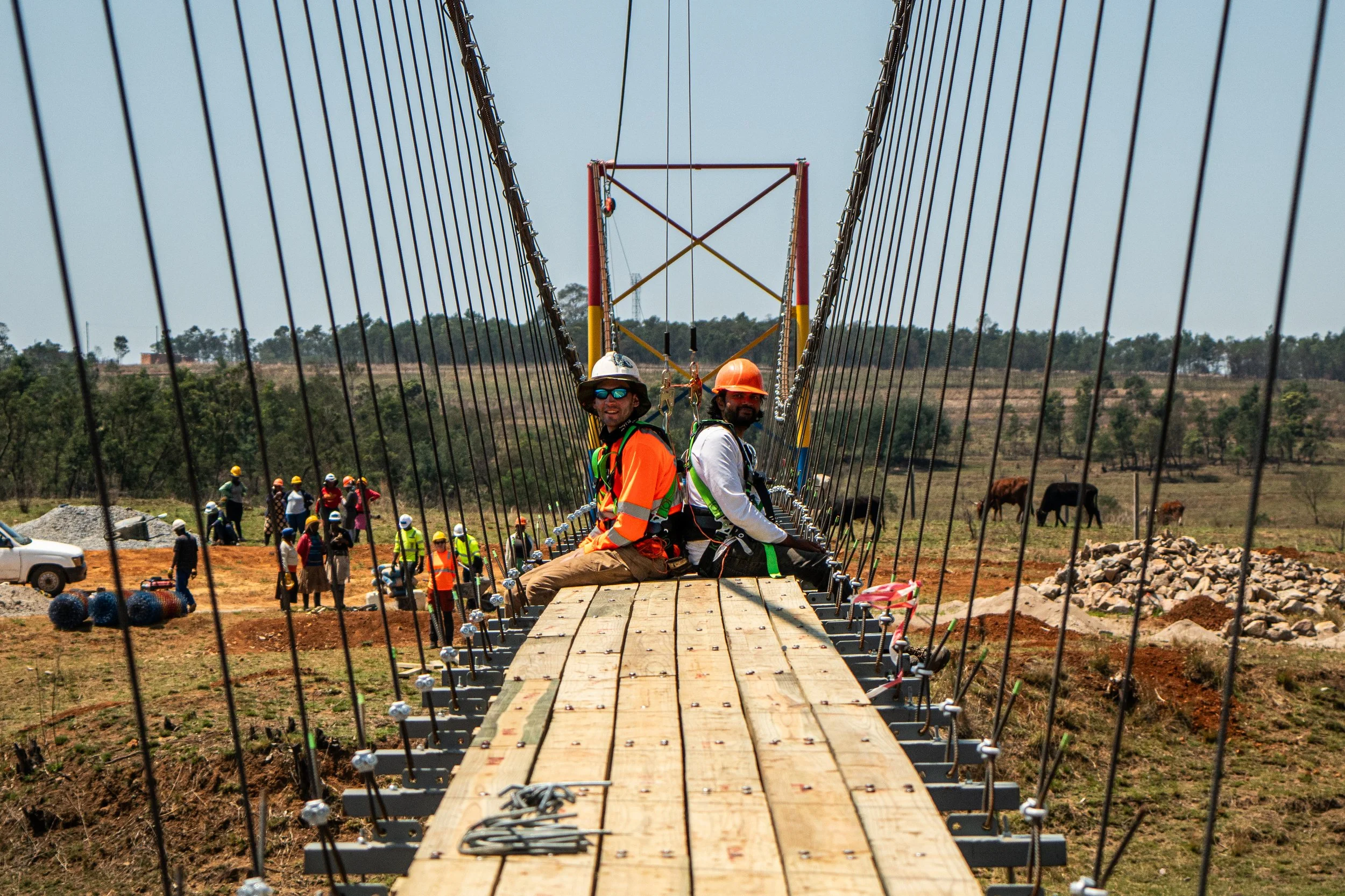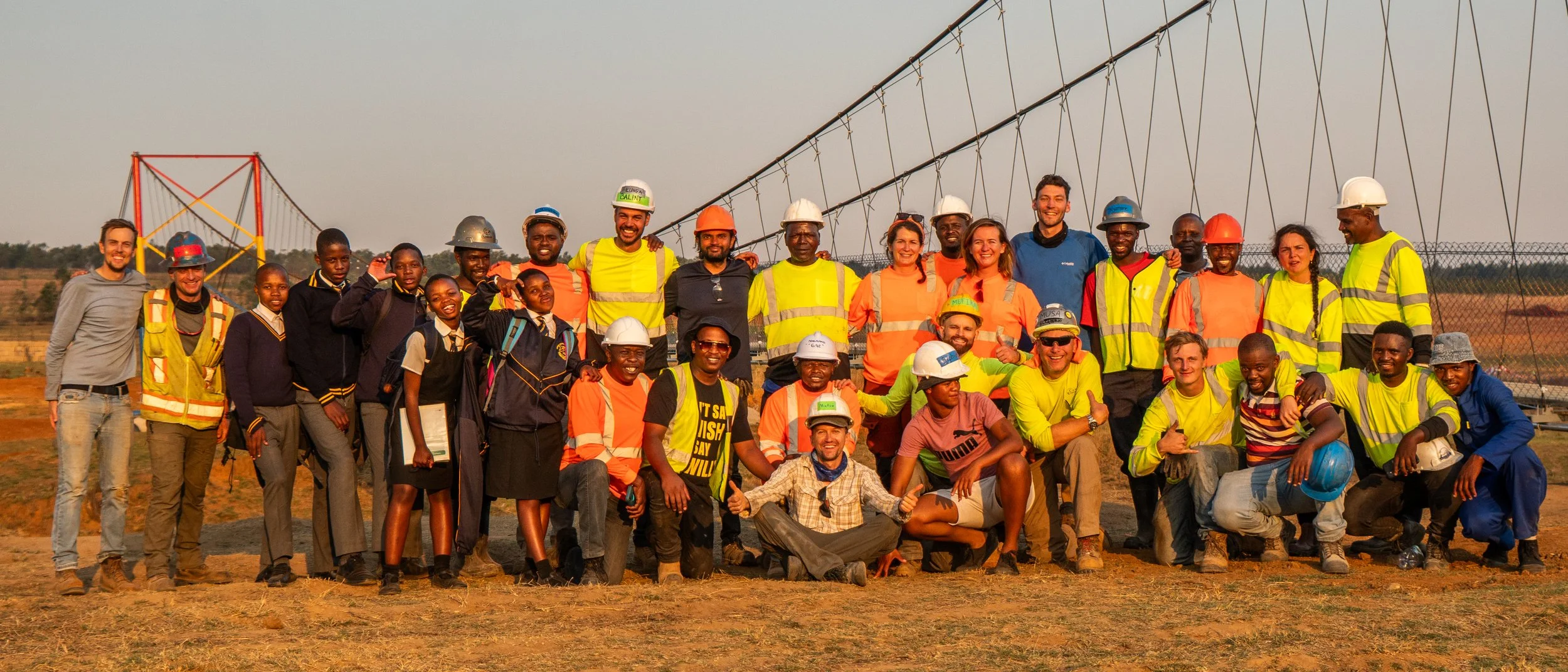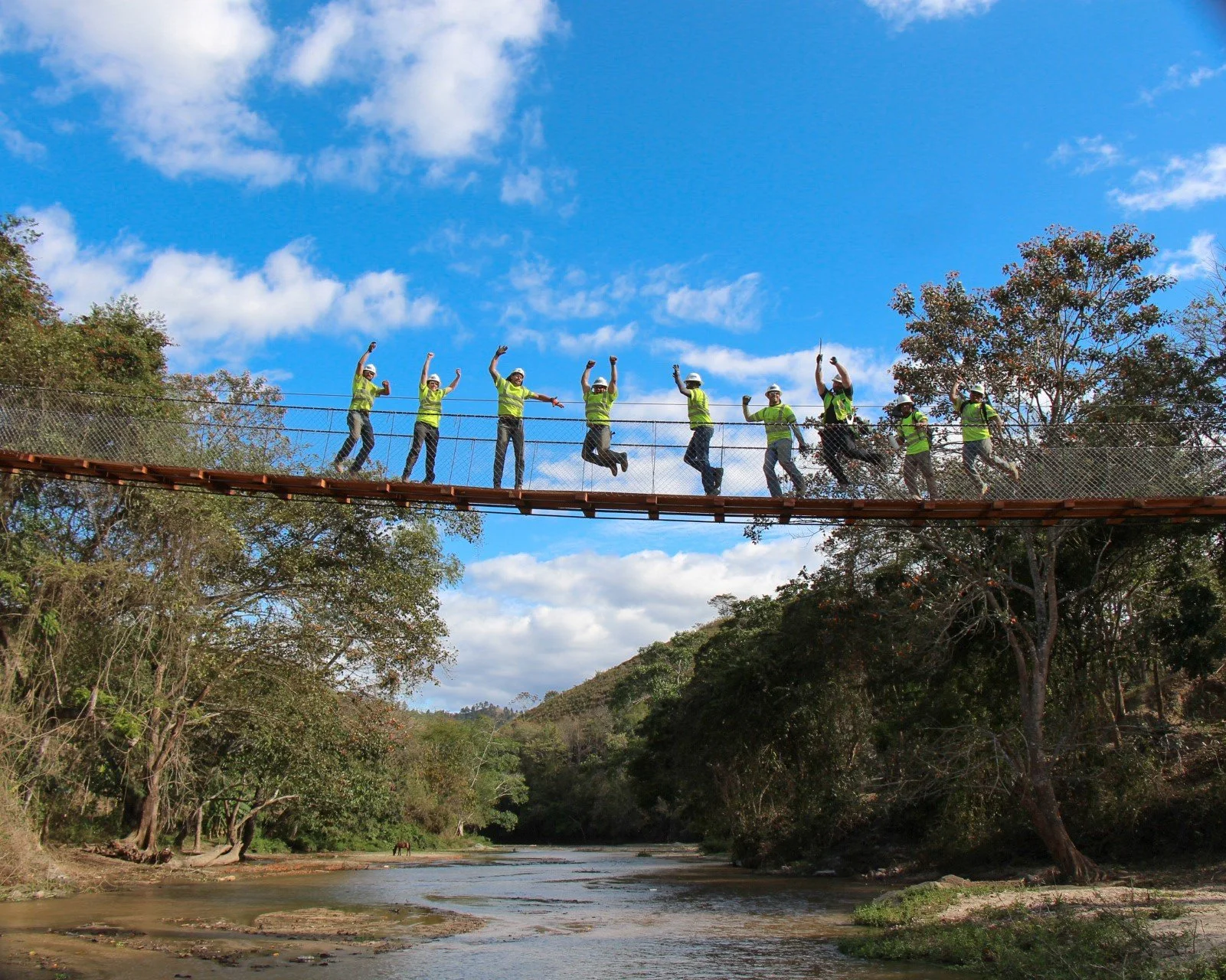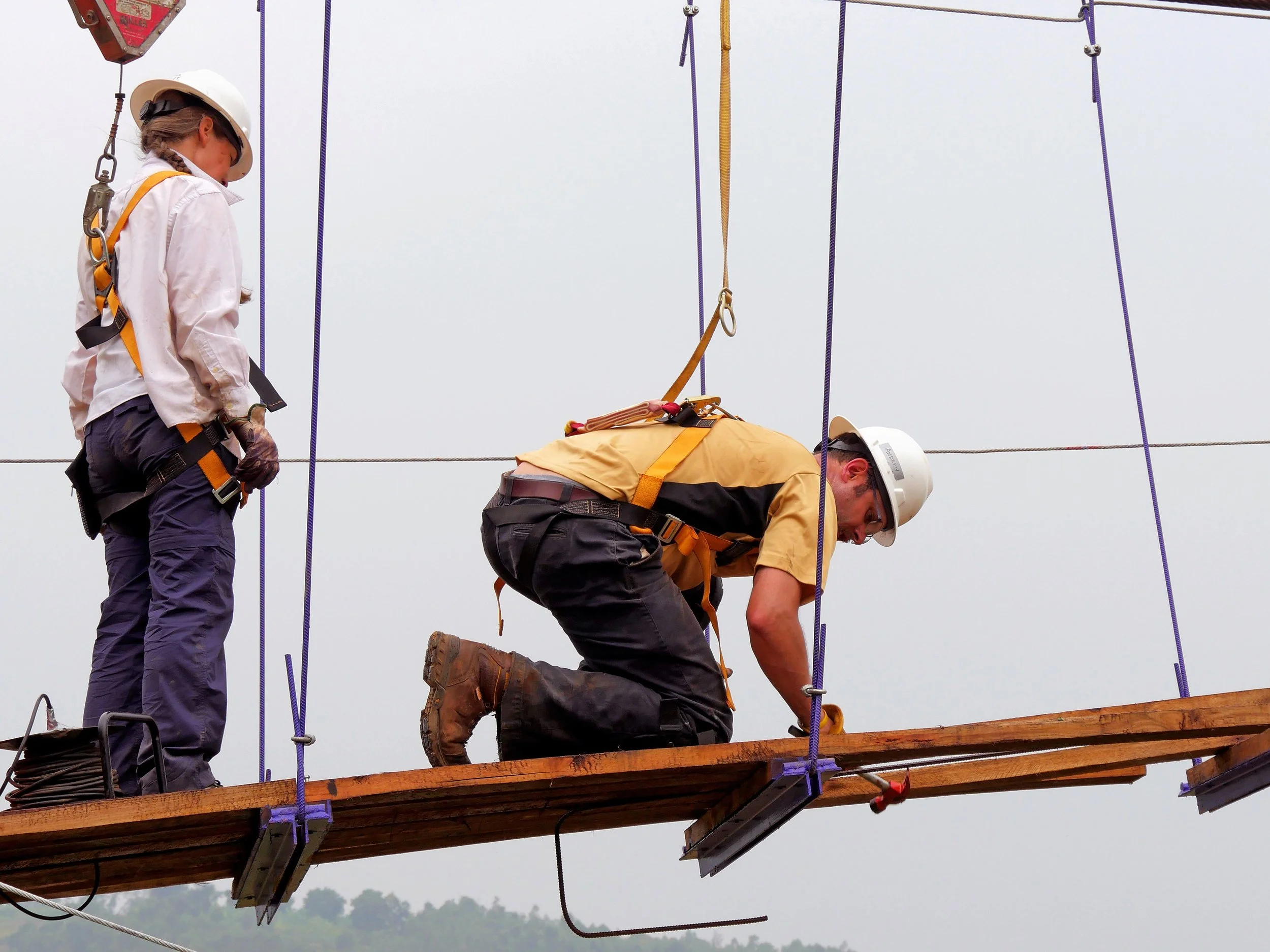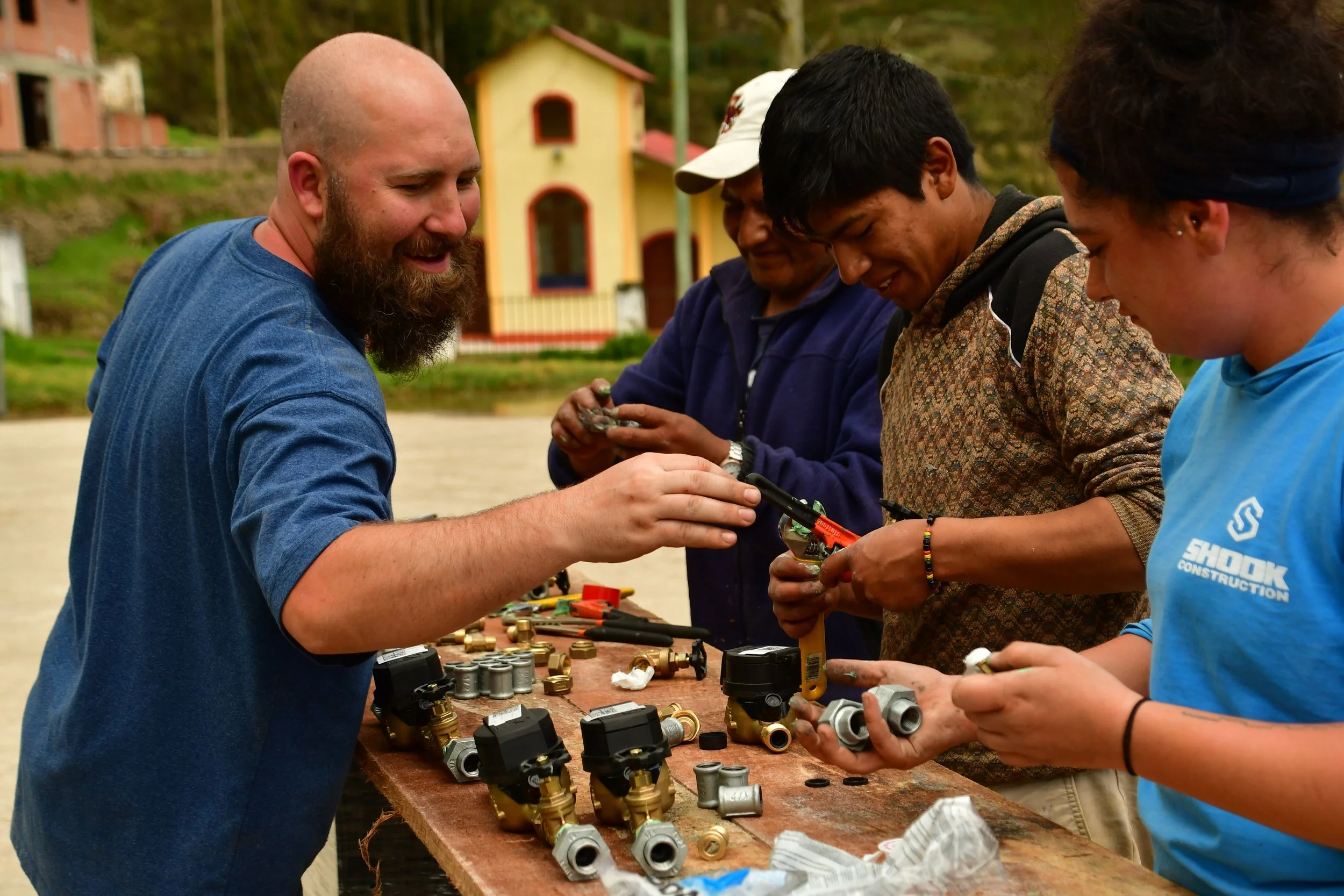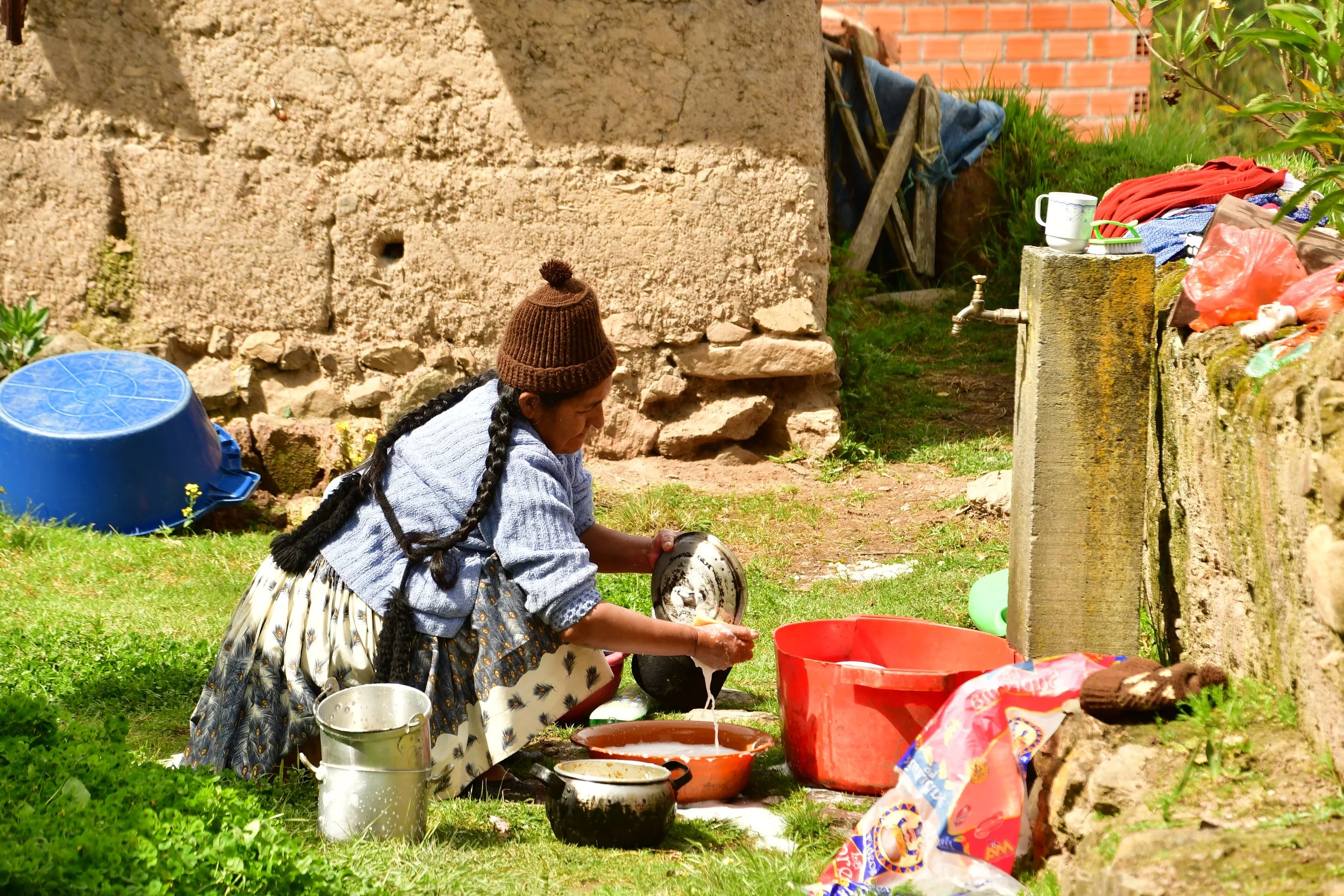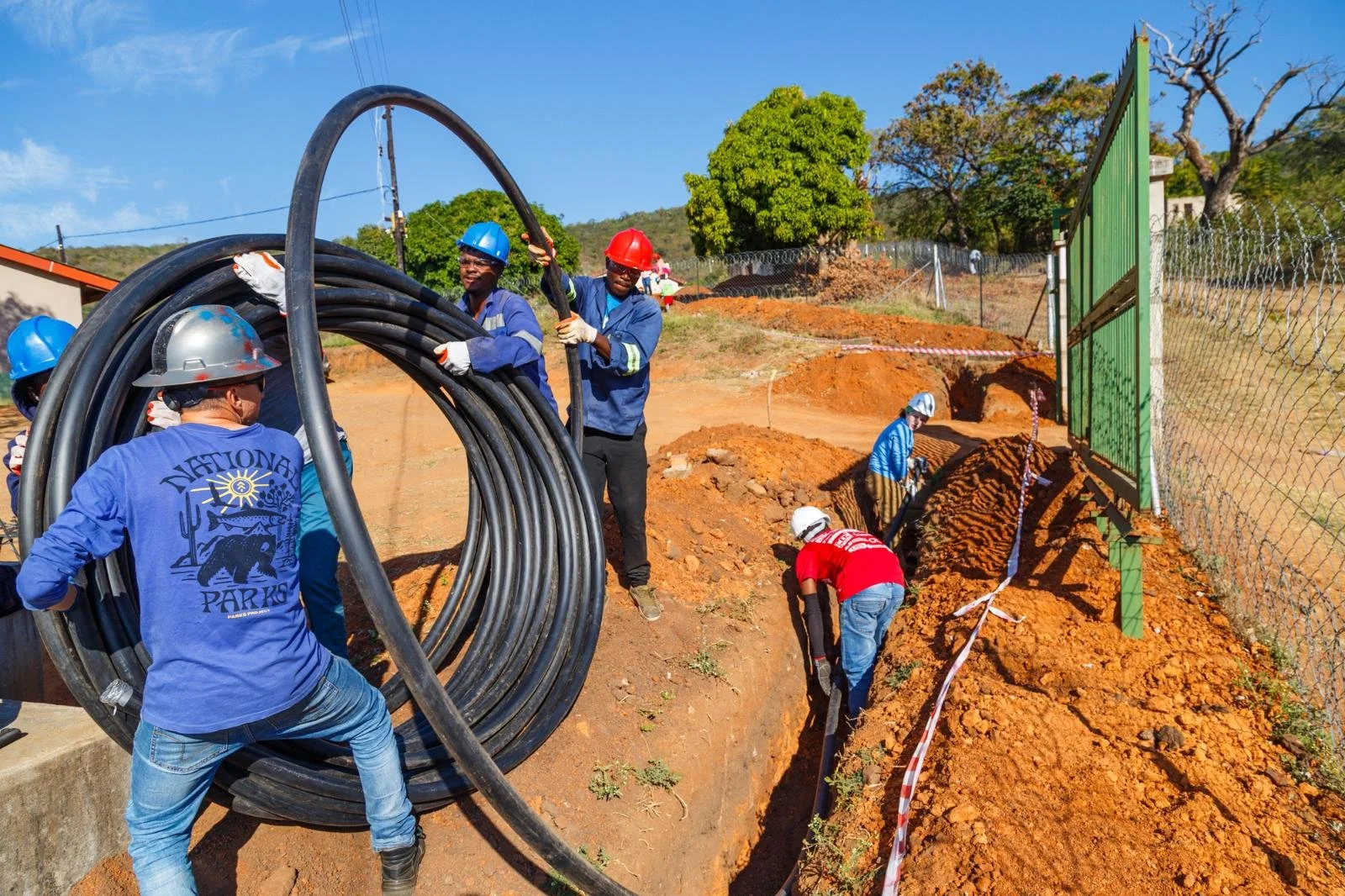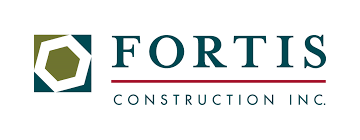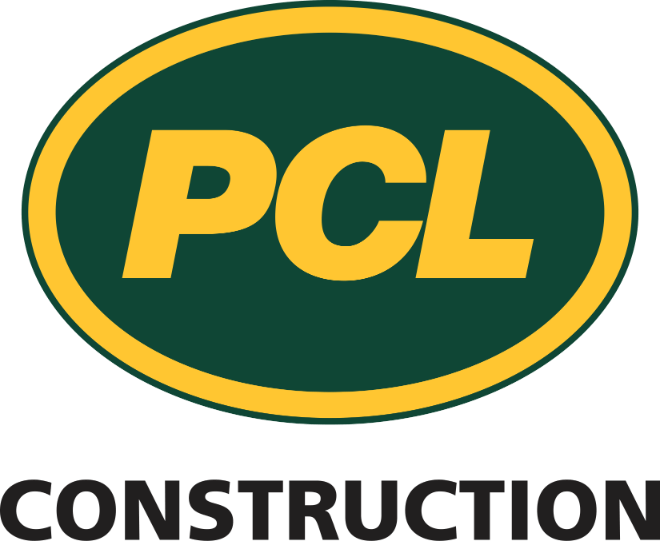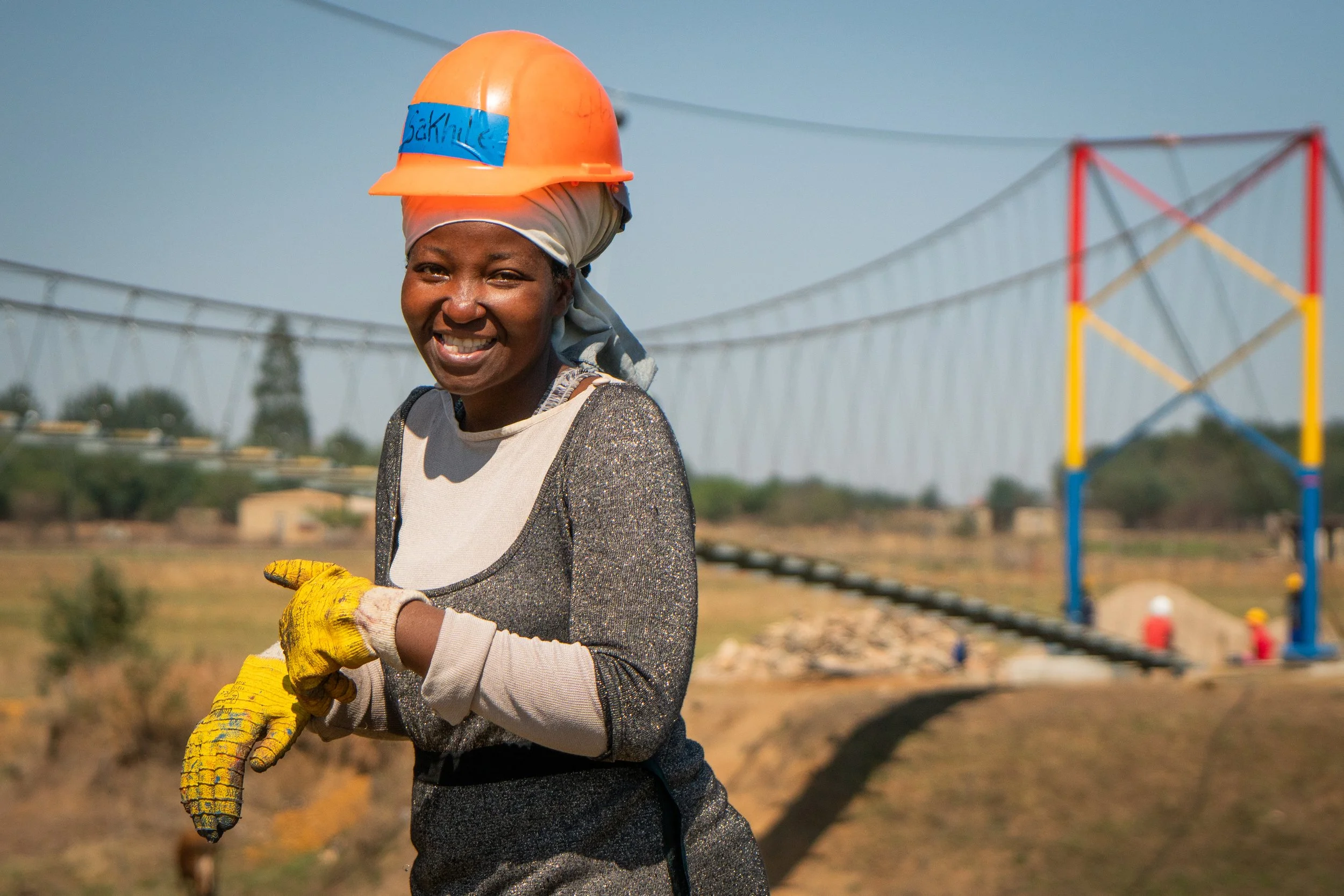INDUSTRY
PROGRAM
About the Program
EIA’s Industry Program allows companies and engineering & construction professionals to use their skills and expertise to impact communities in developing countries.
What’s in it for your Organization?
CREATE A POSITIVE IMPACT IN YOUR ORGANIZATION
RECRUIT AND RETAIN TOP TALENT
TEAM BUILDING
SUPPORT YOUR BRAND MARKETING
CORPORATE SOCIAL RESPONSABILITY
EXPAND YOUR ORGANIZATIONAL NETWORK
How it Works
Teams on EIA “Industry Builds” are comprised of professional volunteers from one or more companies. Volunteers spend 10-14 days living and working alongside the community and local EIA staff, pouring anchors, hoisting cables, placing decking, and making new friends and new memories while completing a bridge that will change lives for generations.
Food, lodging, transportation, and pre-travel preparation are coordinated by EIA. Our volunteers consistently rank their builds among the most meaningful experiences of their lives. While each build typically has around 10 volunteers, companies can send as many employees as desired. Individuals without company support can join as well.
Logistics
-
Our staff will locate and coordinate local accommodations close to your bridge site for the team to stay. Usually this means sharing a room with 3-10 other people. Meals for every day will also be coordinated with a local cook.
-
Engaging with the community is the most memorable activity of the build. Visiting the school, organizing a soccer game, and showing photos from back home are great ways to bond with the community.
-
We will prepare all tools, equipment and material to finish your bridge safely and on time. Every day our staff will work alongside you and provide any support needed.
-
EIA will help your team rent vehicles to transport you to, from, and around the bridge site. Teams can elect to hire drivers, or drive yourselves.
FAQs
-
EIA’s engineering team will complete the bridge design and drawings according to organizational standards. We seek to optimize the bridges to minimize materials, cost, labor, etc. while still maintaining adequate factors of safety. If your team wants to be involved in the design and drawing process, let us know. We have online courses that walk you through what you need to know, but we would need to build extra time into the preparation process for you to have time for this. Also let us know if someone on your team wants to serve as the Design Engineer in Charge (i.e., Engineer of Record). Otherwise, we are prepared to handle this internally. The design has been developed to use almost entirely local materials to make it easier for the community to maintain in the future. The only imported materials are the cable and cable clamps. Everything else is sourced locally.
-
EIA will provide a full inventory of tools and equipment during your team’s preparation process. For anything the team feels is missing, we can make a plan for how to procure that. Anyone planning to bring tools, equipment, etc. should contact EIA to provide them with an “equipment letter” that explains it will be used for charity purposes and not resold in-country. Otherwise, the items may be taxed or even impounded. Teams are encouraged to conduct an inventory check upon arrival to the bridge site to confirm the inventory provided and make EIA aware of any discrepancies or missing items right away.
-
In both countries, local participants are volunteers from the beneficiary communities. Depending on the community size, you may see 5 to 15 participants on a given day, with more possible when needed if you let them know in advance. The Program Manager can provide a site-specific estimate on any of the pre-travel calls.
-
Teams should expect to get started early (between 6-8 am) and wrap up around 4-5 pm. Breakfast and dinner are taken at the team’s accommodation location. Lunch will either be there as well or will be brought to the site, depending on how far it is from the accommodation. Work weeks are generally Monday through Saturday, though teams may work through Sundays if the schedule requires.

